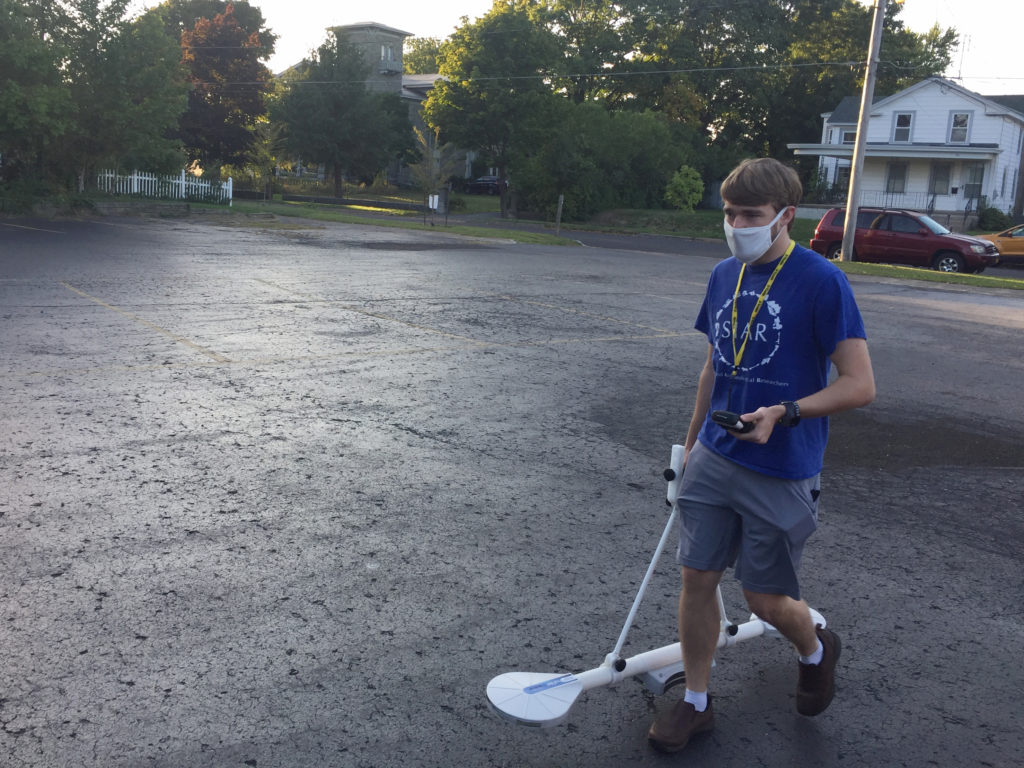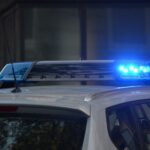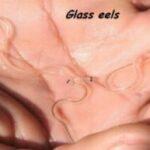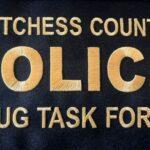CORNWALL/OSWEGO – Recent SUNY Oswego anthropology graduate and Cornwall resident Max Cameron may have advanced his career experience by possibly discovering a long-lost military fort.s
Cameron, who graduated from Oswego earlier this month, believes that he has found the location of the Port City’s 18th-century Fort George, which is now entirely underground.
Fort George was erected in 1755 by British troops, to support Fort Oswego. The British surrender it to the French during the French and Indian War, and the French dismantled both Fort George and Fort Oswego, leaving only Fort Ontario, on Oswego’s east side, which still stands.
For Cameron, the opportunity to search for the original location of Fort George allowed him to gain valuable experience in his field, while also catering to his personal interests a bit. “I’ve always been a bit of a war buff,” Cameron said. “Particularly 20th-century conflicts.”
Cameron was required to write a thesis in order to graduate with honors, and as an aspiring archaeologist, he decided to write on something in the field. After talking the idea over with his academic advisors, Cameron met with Paul Lear, the director of Fort Ontario.
It was here that Cameron learned about Fort George, and the project took off from there.
“Talking to [Lear], he was like, ‘Oh by the way, there’s a fort in Oswego that no one really knows where it is, do you want to go try to find it?’” said Cameron. “I was like, ‘Sure, why not?’”
Existing accounts had placed Fort George somewhere near Montcalm Park — which is the former garden of the Oswego Normal School, which evolved into the institution now known as SUNY Oswego. A boulder next to the park is the city’s main commemoration of Fort George.
Cameron utilized a geophysical survey to begin his search for Fort George. He used a device called the EMP 400, which he described as “kind of like a guitar.”
“I used electromagnetic resistivity,” he said. “One side produces a magnetic field using electrical current, and so as you’re walking, it induces a secondary signal. So if you’re going over something, if it’s at any sort of magnetic, it’ll pick it up and induce another magnetic field around the object.”
The device allowed Cameron to collect data on his findings, and import them into mapping software. With this, Cameron was able to find what he (and his professors) think could be the original site of Fort George.
“When I was looking it over, it was kind of obvious,” said Cameron. “There wasn’t really anything else around that could be a fort besides this really high-conductivity wall.”
The location of Cameron’s findings are beneath the parking lot of the Veterans of Foreign Wars Post 5885 building. The building is located at 14 Bronson Street, just a street away from the Oswego Marina and Lake Ontario and within a block of the Fort George monument stone next to Montcalm Park.
Although he says that he hasn’t completely surveyed the entire area, he says it is “the most likely case” that he identified the location of Fort George.
He says the experience was important, as he learned how to use the tools and software necessary for these types of surveys. The project “has definitely helped give me skills that I can take forward,” Cameron said.








